In the world of interior design, the fusion of old and new decor styles is not just a trend—it’s a captivating journey that brings a unique character to any space. Whether you’re a seasoned decorator or just starting your decor adventure, blending these styles can transform your home into a tapestry of stories and personal expression. By learning how to seamlessly integrate vintage charm with modern elegance, you’ll be able to create a harmonious environment that’s both timeless and fresh.
At its core, mixing old and new decor styles is about celebrating contrast and finding balance. This article will guide you through six easy strategies to achieve this blend, ensuring that your space reflects your personality while maintaining a cohesive look. From selecting statement vintage pieces to complementing them with sleek modern elements, you’ll discover actionable tips that cater to both beginners and experienced decorators alike. Embrace this exciting approach to design, and watch as your home evolves into a sanctuary of style and warmth.
Understanding Old and New Aesthetics
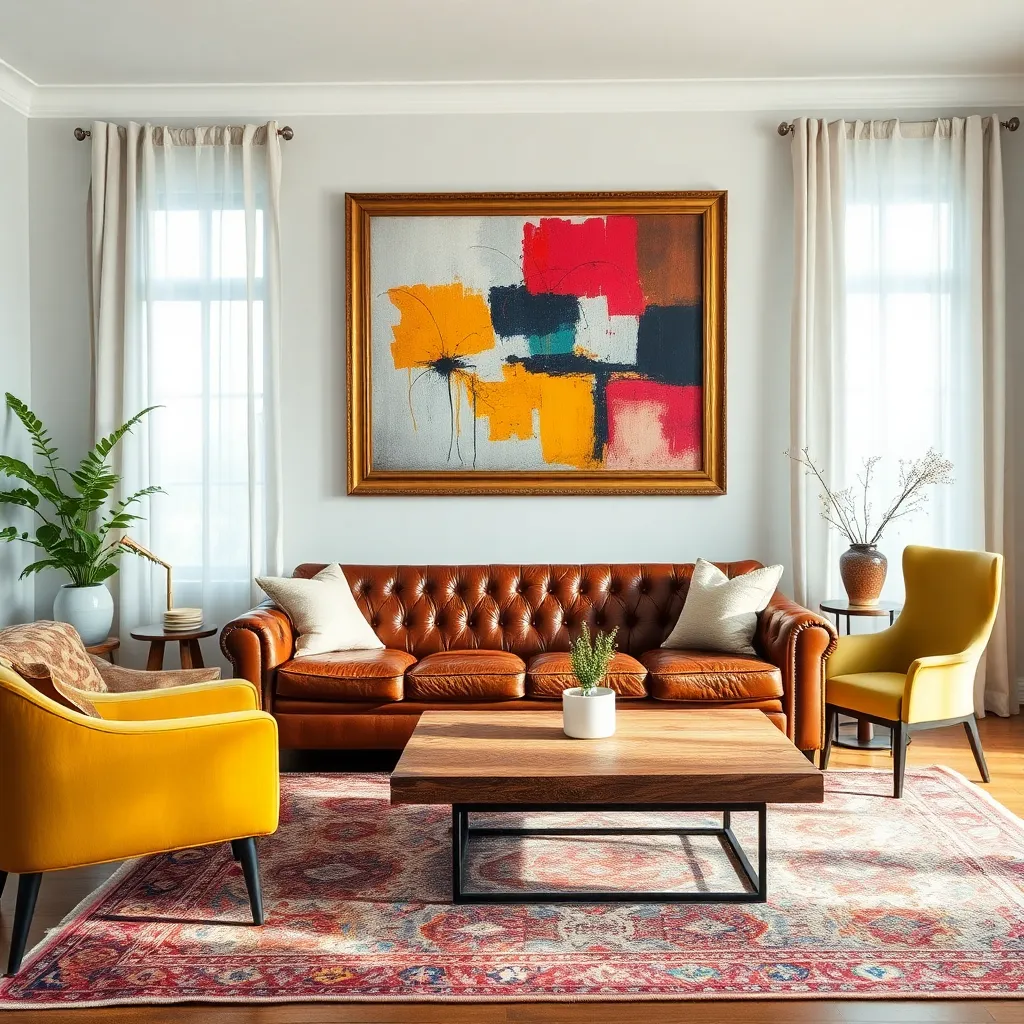
To successfully blend old and new aesthetics, start by understanding the unique characteristics of each style. Old aesthetics often feature rich textures and intricate details, while new aesthetics prioritize clean lines and minimalism.
Incorporating these styles involves a keen eye for balance and contrast. For a cohesive look, consider pairing a vintage leather sofa with a sleek, modern coffee table, ensuring that both pieces share a common color palette.
When selecting furniture, focus on the materials and finishes that bridge the gap between old and new. For example, a mid-century modern chair with wooden legs can harmonize beautifully with a contemporary glass-top table.
Color schemes play a pivotal role in uniting different styles. Opt for a neutral base, such as soft grays or whites, and introduce bold accents through vintage rugs or contemporary art pieces, which can serve as conversation starters.
Integrating Vintage and Modern Furniture
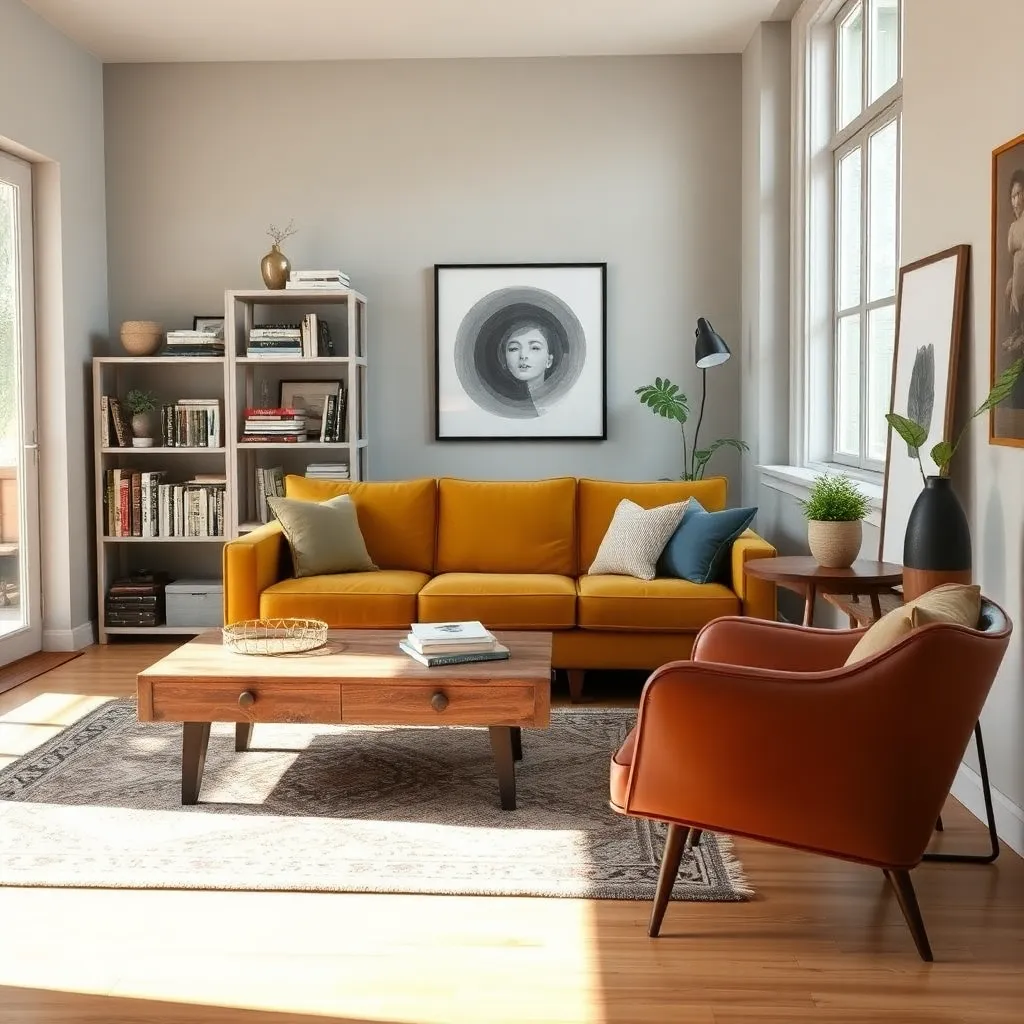
Blending vintage and modern furniture involves a delicate balance that can create a unique and personalized space. To start, consider using a vintage statement piece, like a classic armoire or a mid-century coffee table, as the focal point in your room.
Once you’ve chosen your focal piece, balance it with modern elements to prevent the space from feeling outdated. Pair a sleek, contemporary sofa with an ornate side table to create a contrast that highlights both styles.
Color coordination is crucial in unifying vintage and modern pieces. Opt for a neutral color palette with pops of color to tie different elements together, such as a modern gray sofa paired with a vintage rug in complementary shades.
For those looking to delve deeper into this style, consider the textures and materials of your furniture. Mixing materials like wood, metal, and glass can provide a cohesive look; for example, pair a vintage wooden chair with a modern glass-top table for an elegant dining setup.
Combining Classic and Contemporary Colors
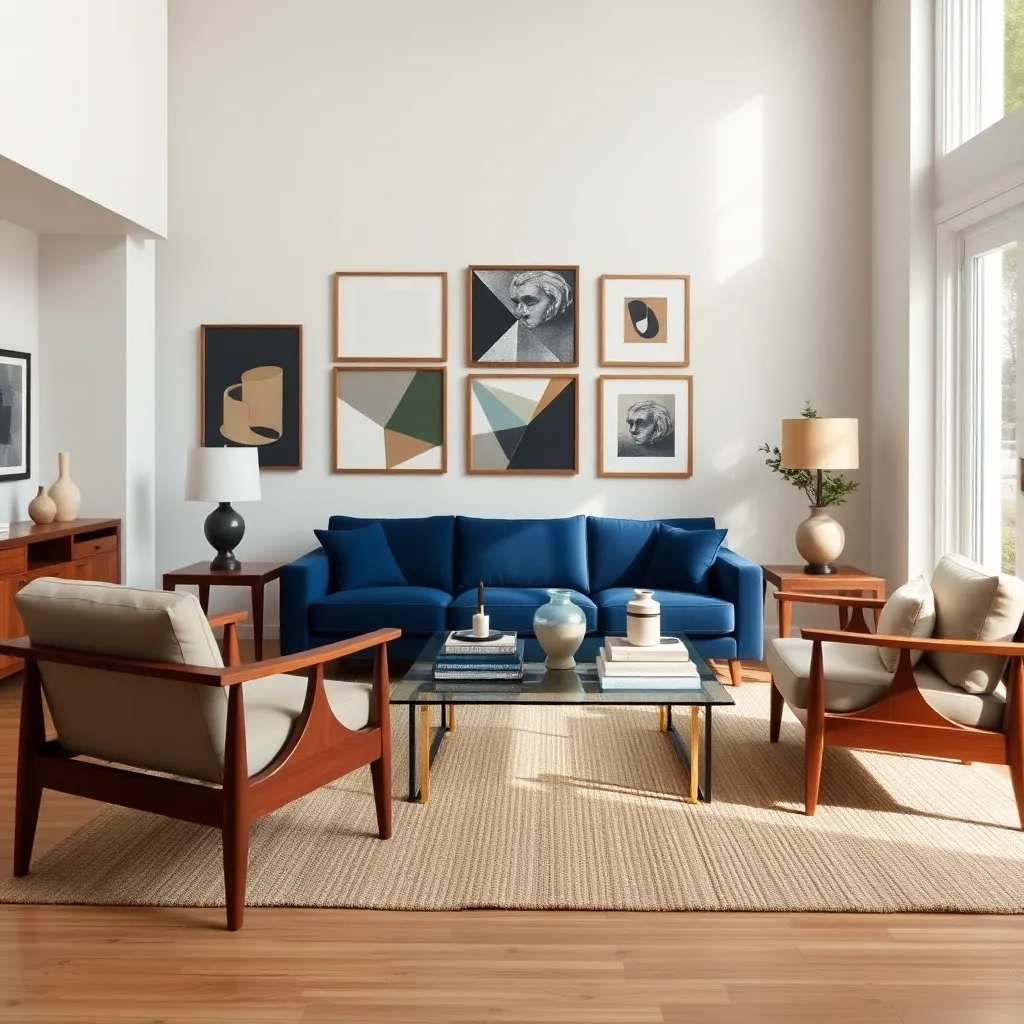
To blend classic and contemporary colors effectively, start by choosing a neutral base. Opt for timeless shades like taupe or soft gray, which can seamlessly anchor both classic and modern elements in a room. By using these neutral tones on walls or larger furniture pieces, you create a versatile backdrop that highlights both traditional and current color accents.
Once your base is established, introduce classic colors like deep navy or rich burgundy through accent pieces. Consider using these hues in upholstery or decorative accessories such as vases and artwork. These colors add a touch of elegance and sophistication, allowing you to layer in more vibrant, contemporary shades without overwhelming the space.
Incorporate contemporary colors such as bright teal or sunny yellow to inject energy and modern flair. Use these hues strategically in throw pillows, rugs, or even a statement piece of furniture, like an accent chair. The key is to balance these bold colors with the more subdued classic tones, ensuring the room feels cohesive rather than chaotic.
For a more advanced approach, experiment with materials that reflect both classic and contemporary aesthetics. Pair a traditional leather sofa with a sleek, glass coffee table to create visual contrast. Additionally, consider using metallic accents like brass or chrome, which can bring a room together by echoing both vintage and modern vibes. This thoughtful mix of materials will enhance your color scheme and add depth to the overall design.
Layering Textures for Depth
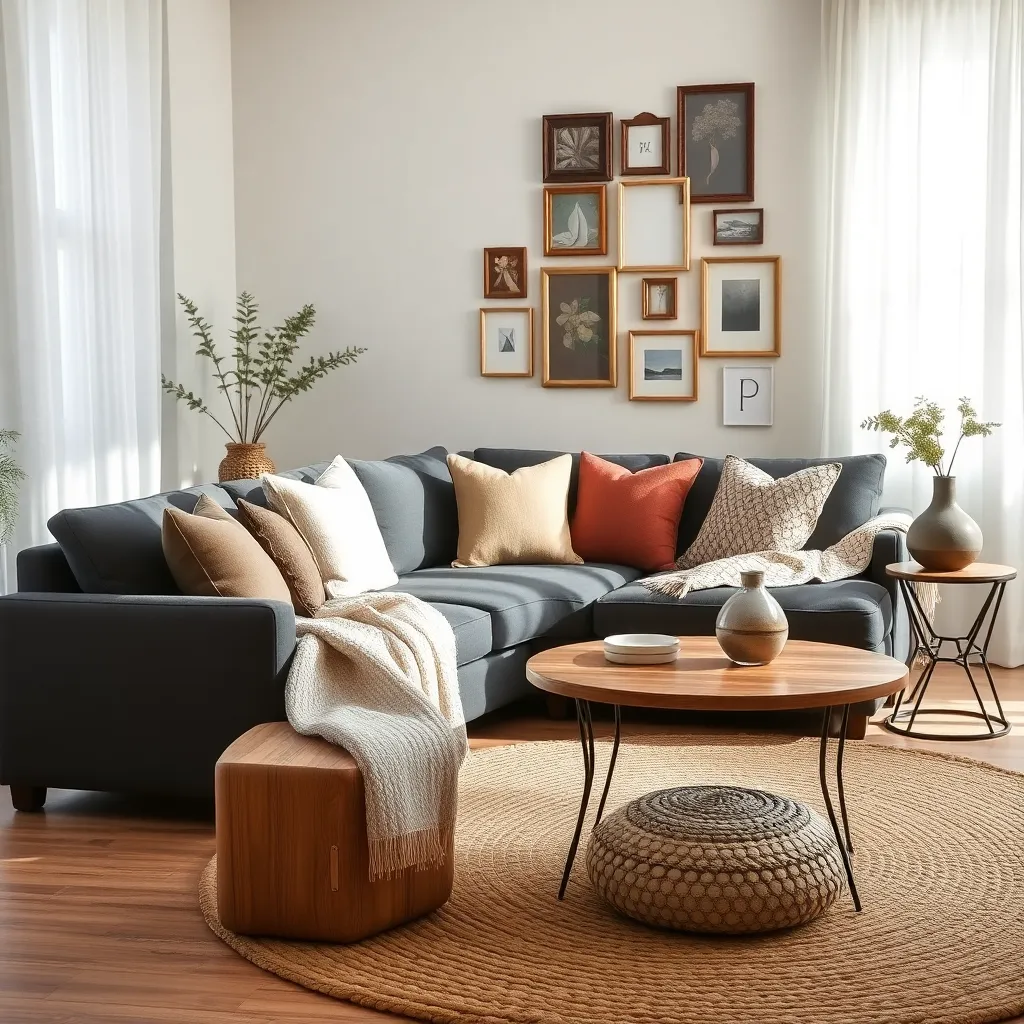
To create depth in your space, consider layering different textures through fabrics, materials, and finishes. Start with a base layer, such as a plush rug, which can anchor your room and provide a cozy foundation.
Introduce contrasting textures by mixing materials like smooth leather with chunky knit throws or velvet cushions. These elements not only add visual interest but also invite touch, making your space more engaging.
For an advanced touch, use texture to guide the eye and create focal points in a room. Consider placing a glossy ceramic vase on a reclaimed wood table, as the contrast will naturally draw attention and enhance the overall aesthetic.
Additionally, incorporating natural elements such as woven baskets or linen curtains can soften modern spaces, blending old-world charm with new-age simplicity. These pieces can be strategically placed to bring balance and harmony, ensuring a seamless integration of styles.
Curating Eclectic Accessories
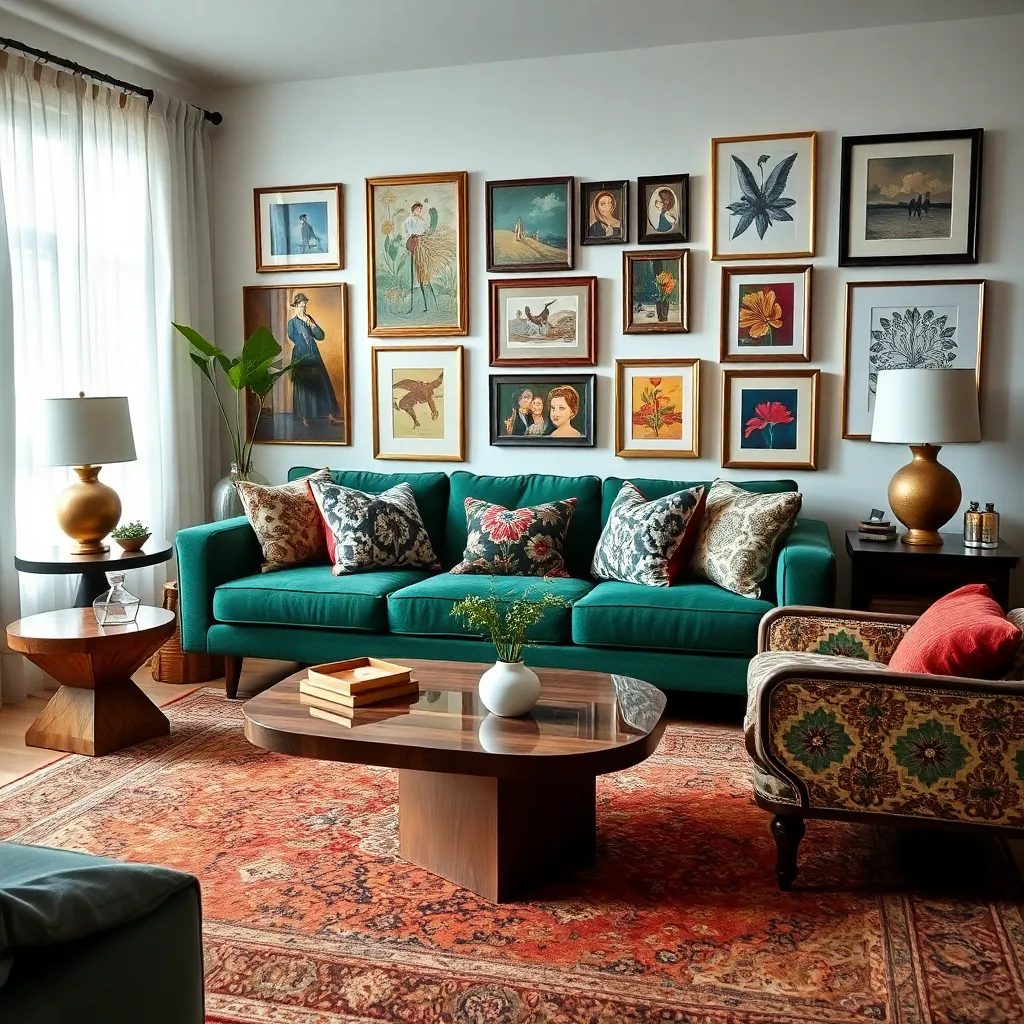
Curating eclectic accessories involves blending pieces from various eras and styles to create a cohesive look. Start by choosing a few standout items that reflect your personal taste, such as a vintage clock or a modern sculpture, and build your collection around them.
Consider using contrasting materials to add visual interest, such as pairing a sleek metal vase with a rustic wooden bowl. Incorporating different textures and finishes can help each piece shine while maintaining a balanced aesthetic.
Color coordination is key when mixing old and new decor styles. Choose a consistent color palette to tie together disparate elements—think of using muted tones for an understated look or bold hues to make a statement.
When placing your accessories, vary the heights to create a dynamic display. Use risers or stack books to elevate smaller items, ensuring that each piece gets the attention it deserves without overwhelming the space.
Achieving Harmony in Mixed Spaces
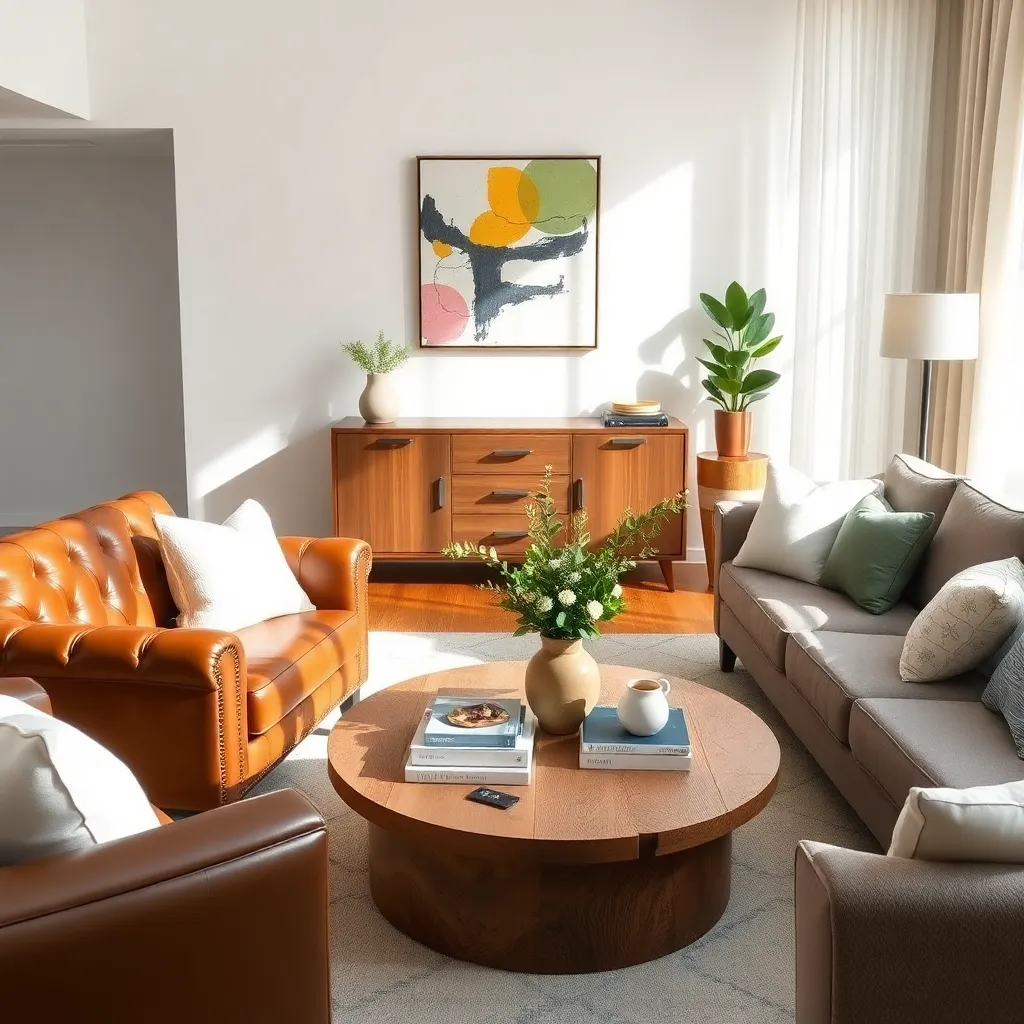
To achieve harmony in mixed spaces, it’s essential to balance contrasting elements with cohesive details. Begin by selecting a dominant color palette that ties together both old and new decor, such as combining neutral tones with vibrant accents for a contemporary twist.
Consider the scale and proportion of your furniture to maintain visual balance. Pairing a vintage, oversized armchair with a sleek, modern coffee table can create an engaging focal point without overwhelming the space.
Layering textures is another effective strategy for harmonizing mixed styles. Introduce a plush, contemporary rug beneath an antique wooden dining table to meld different eras with tactile interest.
For a polished look, use repetition to link disparate elements. Strategically place modern metallic accents, like lamps or picture frames, throughout the room to echo the finish of a classic chandelier, creating a rhythmic visual flow.
Conclusion: Growing Success with These Plants
In blending old and new decor styles, we’ve explored six key concepts that mirror the harmony needed in relationships. First, understanding the value of balance ensures that both partners’ tastes are respected. Second, communication is crucial, as it allows for a harmonious fusion of styles. Third, compromise is essential, embracing differences while finding common ground. Fourth, creativity allows for unique expressions, breathing life into shared spaces. Fifth, patience is necessary as creating harmony doesn’t happen overnight. Finally, adaptability ensures that as tastes evolve, so too does the relationship.
Your immediate next step is to identify one area in your relationship where you can apply these concepts—perhaps starting a conversation about balancing individual needs and shared goals. As you begin this journey, bookmark this article to revisit these principles whenever you need a reminder.
Remember, the success of your relationship lies in your hands, ready to flourish with intention and care. By saving this article, you arm yourself with timeless wisdom to navigate the ever-evolving landscape of love. Embrace these insights and watch your relationship thrive, grounded in understanding and enriched by diverse experiences.
